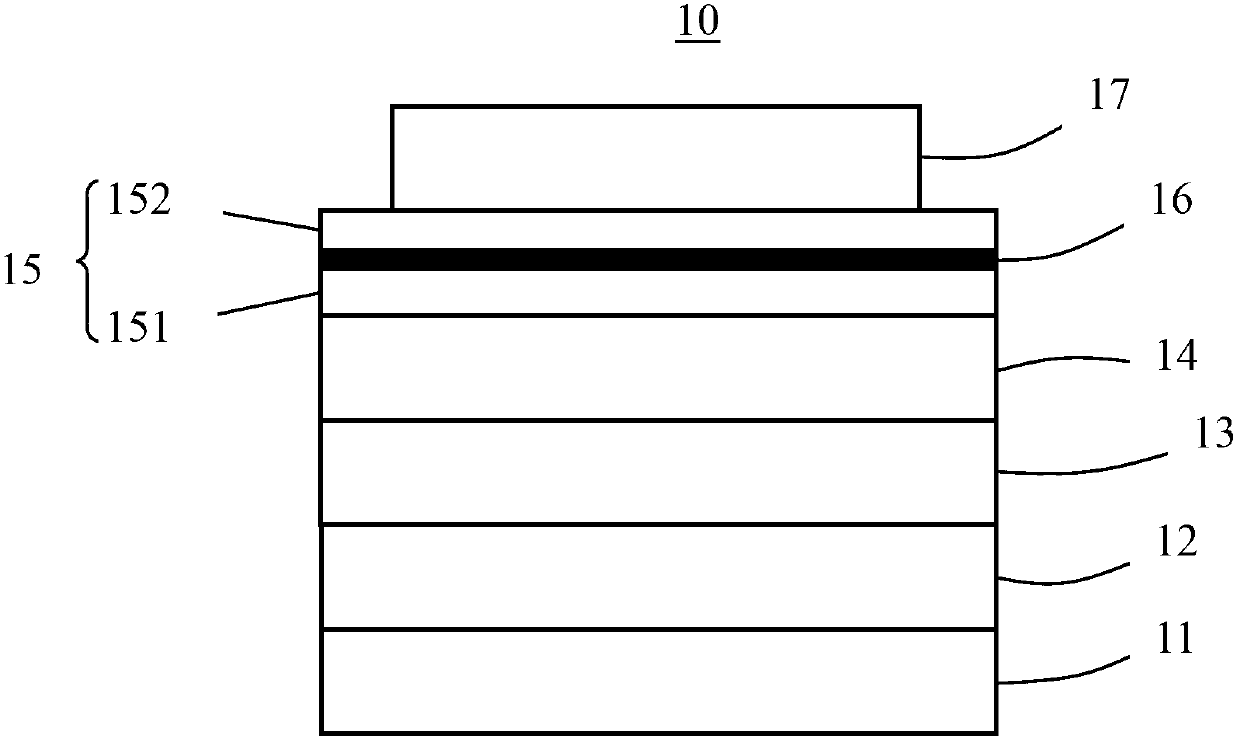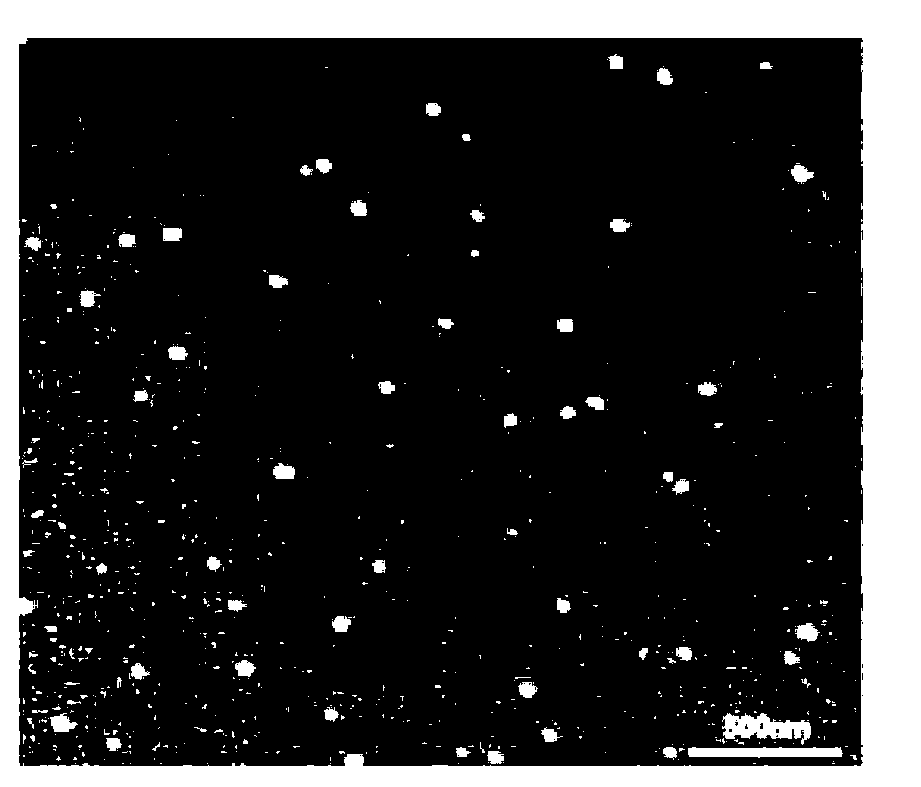Organic solar cell
A solar cell and organic technology, applied in the field of solar cells, can solve the problems of easily affecting the electrical properties such as the resistance of the solar cell device, the open circuit voltage fill factor, etc., and achieve the effects of improving the photoelectric conversion efficiency, enhancing the absorption, and increasing the photocurrent.
- Summary
- Abstract
- Description
- Claims
- Application Information
AI Technical Summary
Problems solved by technology
Method used
Image
Examples
Embodiment Construction
[0038] The embodiment of the present invention discloses an organic solar cell, comprising:
[0039] first electrode;
[0040] second electrode;
[0041] a photoactive layer interposed between the first electrode and the second electrode;
[0042] an electron transport layer interposed between the first electrode and the photoactive layer;
[0043] a hole transport layer, between the second electrode and the photoactive layer,
[0044] Wherein, the electron transport layer and / or the hole transport layer are provided with metal nanoparticles.
[0045] In the present invention, metal nanoparticles are arranged in the electron transport layer and / or the hole transport layer, and the light absorption is enhanced through the surface plasmon effect of the metal nanoparticles, so that the photocurrent of the device is increased, thereby significantly improving the performance of the organic solar cell device. Photoelectric conversion efficiency; at the same time, since the metal...
PUM
 Login to View More
Login to View More Abstract
Description
Claims
Application Information
 Login to View More
Login to View More - R&D
- Intellectual Property
- Life Sciences
- Materials
- Tech Scout
- Unparalleled Data Quality
- Higher Quality Content
- 60% Fewer Hallucinations
Browse by: Latest US Patents, China's latest patents, Technical Efficacy Thesaurus, Application Domain, Technology Topic, Popular Technical Reports.
© 2025 PatSnap. All rights reserved.Legal|Privacy policy|Modern Slavery Act Transparency Statement|Sitemap|About US| Contact US: help@patsnap.com



